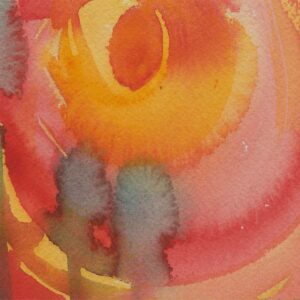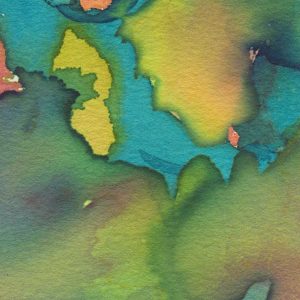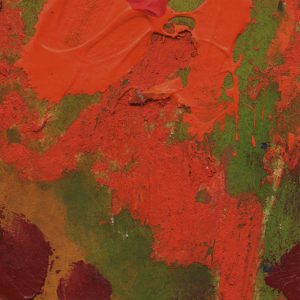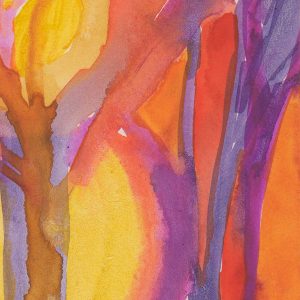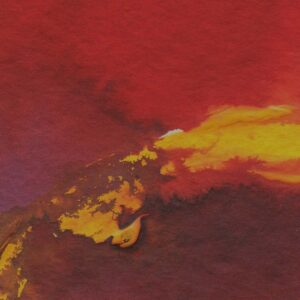Topics Archive
Continuing Education
A reader asked about the terms Cranial Wave, Fluid Tide, and Long Tide. Biodynamic Craniosacral Work typically uses these terms to describe three subtle motions, which we feel in or around the body. I use them in a more wide-ranging context. Yes, they are the foundation of Biodynamic practice. But I actually understand them as…
A student recently asked, What does it mean to progress on the Biodynamic path? There are many elements to mastery in our field. In the first phase of our education, we learn to reliably perceive and engage the four building blocks of the Ascending Current: Cranial Wave, Fluid Tide, Long Tide, and the Dynamic Stillness.…
Biodynamic Craniosacral Work introduces us to four qualities of body: Neutral (Tissue), Fluid Tide (Fluid), Long Tide (Potency), and Dynamic Stillness (the non-physical dimension). Do these four universal expressions of embodiment represent something that everyone can enjoy? Or are they evolutionary steps that require a leap of consciousness? To both of these seemingly opposite questions…
Biodynamics abounds in paradox. Perhaps the most counterintuitive element of our work is that we don’t seek a shift in our clients. At least, we don’t seek a shift in the moment, while we’re in session. (I’ve written a previous blog about overarching intentions, which I distinguish from efferent activity.) Seeking for something to shift…
The empath is a channel of non-ordinary perception, in which your own body’s signals reliably reflect what’s happening in your client’s body. I first learned about this channel from Hugh Milne. For years, I looked to the empath channel as a primary source of information about my client’s experience. My right leg tingled or ached;…
“That was so relaxing,” or “That felt good, but I can’t put into words what happened. It was just very quiet.” Are your biodynamic clients prone to vagueness? Awareness of what has shifted helps my clients appreciate and maintain the changes they have achieved in the session. In this post I explore two ways that I help…
From crusty bread to a delectable cream-filled donut. Many textbooks describe the Fluid Tide (or Midtide) as a rhythm of two to three cycles per minute, compared to the Cranial Wave at eight to 14 cycles per minute. I’ve even heard the Fluid Tide’s juicy fluctuation described as “the two-to-three.” But that sounds so, well,…
